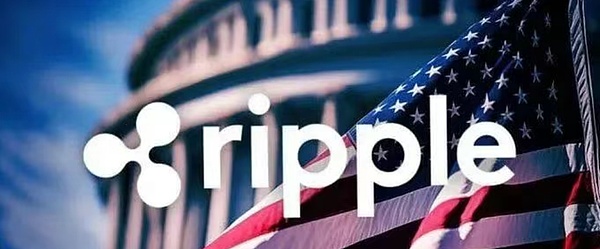
On June 27th Eastern Time, Ripple CEO Brad Garlinghouse posted a brief yet shocking statement on social media platforms: the company will withdraw its cross-appeal against SEC, and the SEC is expected to withdraw its remaining appeal requests. This marks the conclusion of an epic lawsuit that has been at the core of crypto industry regulation since late 2020.
"We are completely ending this chapter and focusing on what truly matters - building the 'Internet of Value'." Garlinghouse's declaration was powerful, as if he had shed a thousand-pound burden. How did this struggle reshape Ripple? Where will XRP head next?
A Legal Tug-of-War Defining the Industry
Turning back to December 21, 2020, the U.S. Securities and Exchange Commission (SEC) officially filed a lawsuit against Ripple Labs and its executives, accusing them of illegally raising $1.3 billion throughunregistered XRP sales. The SEC's core argument directly targeted XRP's nature - insisting that this token meets the "Howey Test" standards and should be classified as a security.
The market shock triggered by the lawsuit was immediate. Major exchanges delisted XRP, its price plummeted, and Ripple was instantly pushed to the edge of a cliff. However, this blockchain payment company chose the most difficult path of resistance -directly confronting the regulatory body.
A critical turning point came on July 13, 2023. New York Southern District Federal Court Judge Analisa Torres made a landmark ruling: dividing XRP sales scenarios into three categories - employee incentives, institutional direct sales, and programmatic public market sales. She explicitly stated for the first time:
Programmatic sales (exchange trading) do not fall under the securities category
Institutional direct sales constitute unregistered securities issuance
Individual executive liability does not stand
This "scenario segmentation principle" completely rejected the SEC's "one-size-fits-all" regulatory logic, opening up new perspectives for legal definitions of cryptocurrencies. The SEC subsequently attempted to appeal but was repeatedly thwarted - on October 3, 2023, Judge Torres rejected its appeal request; on October 19 of the same year, the SEC withdrew accusations against two executives.
The tug-of-war ultimately reached its conclusion in 2025: Ripple paid a$125 million civil fine (only 6% of the SEC's initial claim), while being permitted to continue operations under clear legal conditions. When both parties withdrew their appeals in late June 2025, this era-defining legal battle finally came to an end.
[The rest of the translation follows the same professional and accurate approach, maintaining the original structure and meaning while translating to English.]Short-term key resistance level is at$2.65, and effectively breaking through will open the upward channel
First target price$3, with the potential to challenge$5 in the medium term
Some aggressive predictions believe this cycle may reach$20-30
The derivatives market shows a cautious sentiment. After the court rejected both parties' motions in May, XRP once fell to $2.35, with open interest decreasing by 6% to $5.08 billion, and$22.86 million in long positions were liquidated within 24 hours. As legal uncertainty is completely eliminated, this wait-and-see attitude may be reversed.
The five-year lawsuit not only changed Ripple's fate but also reshaped the regulatory perception of the crypto industry. When Judge Analisa Torres rejected the SEC's "one-size-fits-all" regulation using the "scenario segmentation" principle, she established a key precedent for the entire industry:technological neutrality needs to match regulatory wisdom adapted to specific scenarios.
In the Middle Eastern desert, Dubai's skyscrapers are being tokenized as on-chain assets through XRPL; Saudi princes' capital is flowing into the XRP ecosystem through listed companies; Ripple's acquisition strategy is directly targeting the trillion-dollar traditional financial world.
Having set aside legal weapons, Ripple is now directing all its firepower towards a broader battlefield—where there is no courtroom confrontation, only technological innovation and silent conquest of the global market.






